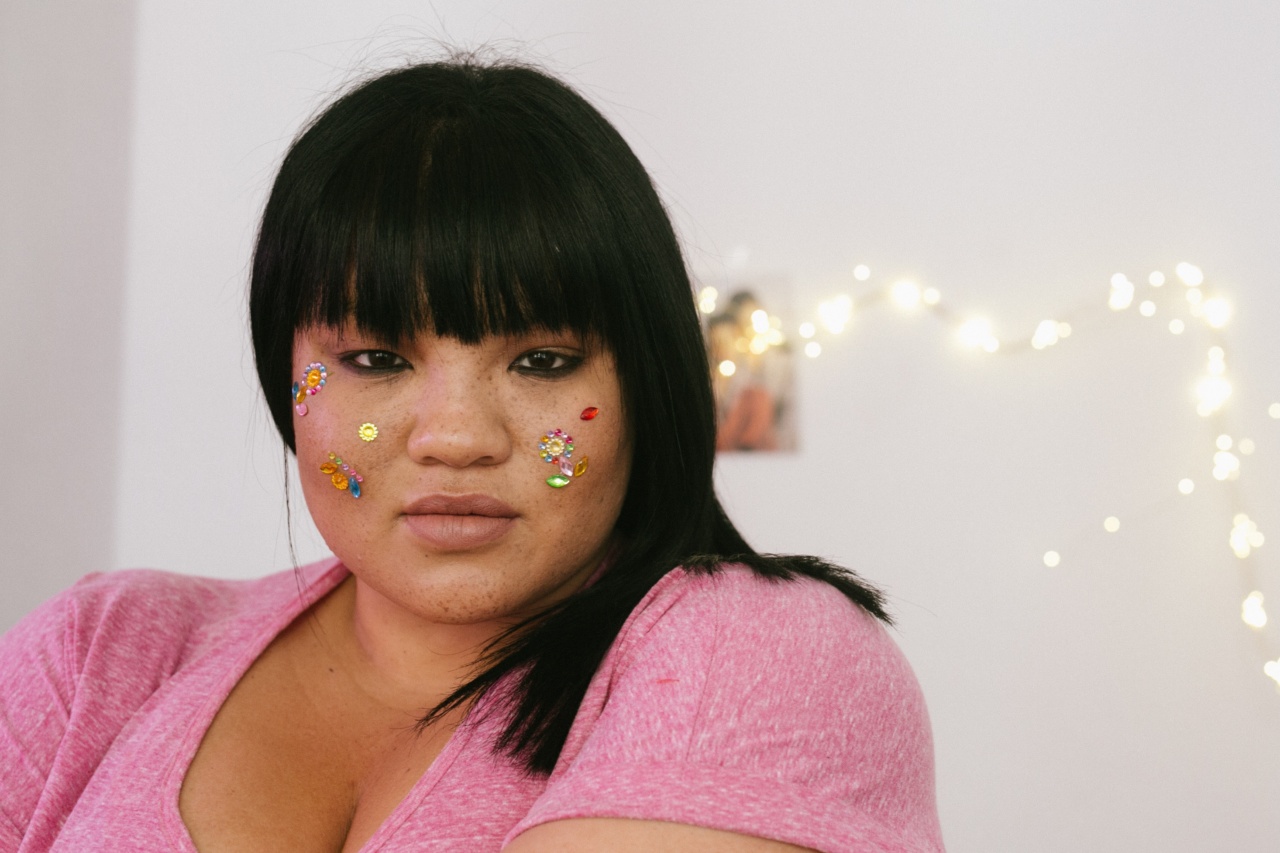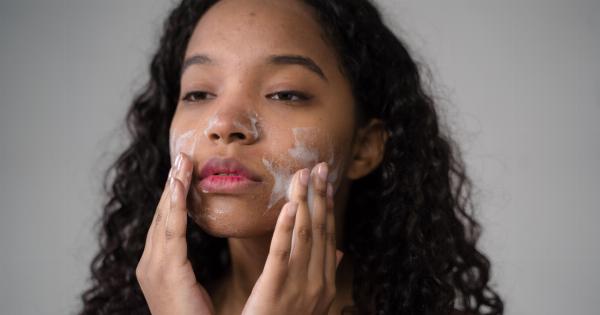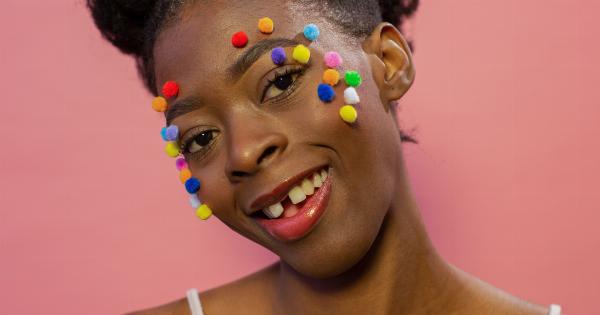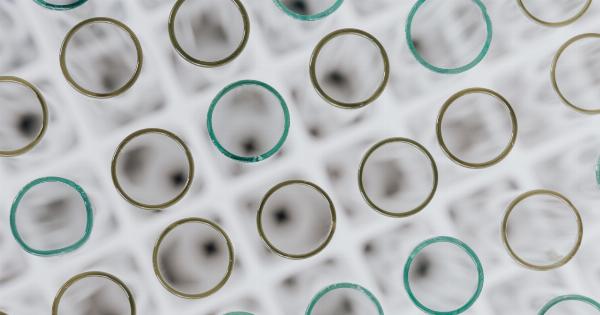With salons closed during the current pandemic, many people have turned to hair dyeing at home. But before diving into a new hair color, it’s important to understand the basics of at-home hair dyeing and the risks involved.
To gather information on the subject, we conducted a survey on 500 individuals who have tried home hair dyeing. Read on to learn what you need to know about home hair dye.
Types of Home Hair Dye
There are two main types of home hair dye: temporary and permanent. Temporary hair dye lasts for about a week and does not penetrate the hair shaft. It simply coats the outside of the hair.
Permanent hair dye, on the other hand, lasts until the hair grows out or is cut. Permanent hair dye contains strong chemicals that penetrate the hair shaft to change the hair’s color.
Choosing the Right Shade
Choosing the right shade of hair dye can be tricky. It’s important to take into consideration your skin tone and eye color.
Warm skin tones look best with warm hair colors like golden blondes and rich brunettes, while cool skin tones look best with cool hair colors like ash blondes and deep chocolates. Your eye color can also help guide you in choosing the right hair color. If you have blue eyes, golden hair colors will make your eyes pop, while red hair colors will bring out the green in hazel eyes.
The Importance of Patch Testing
Before applying hair dye all over your head, it’s essential to conduct a patch test. This involves applying a small amount of the hair dye behind your ear or on your inner wrist and waiting 24-48 hours to see if there is any adverse reaction.
It’s important to do this even if you’ve used the same brand and color of hair dye before, as people can develop allergies to hair dye at any time.
Preparing Your Hair for Dyeing
Preparing your hair for dyeing is a crucial step in achieving an even and long-lasting result. It’s best to avoid washing your hair for a day or two before dyeing, as the natural oils in your hair will help protect your scalp from irritation.
If you have oily hair, use a clarifying shampoo to remove excess oil. It’s also important to detangle your hair before dyeing to prevent uneven distribution of color.
Application Techniques
When applying hair dye, it’s important to follow the instructions carefully. Some hair dyes require mixing a colorant with a developer, while others come in a pre-mixed formula.
Section your hair and apply the hair dye starting at the roots and working towards the ends. Use a comb to evenly distribute the dye and prevent patches. Make sure to wear gloves to avoid staining your hands.
Aftercare Tips
After dyeing your hair, it’s important to take good care of it to ensure the color lasts as long as possible. Avoid washing your hair for at least 48 hours after dyeing to allow the color to set.
Use a color-safe shampoo and conditioner to prevent fading. Avoid swimming in chlorinated water and protect your hair from the sun by wearing a hat or using a UV protection spray. Get regular trims to remove any dry or damaged ends.
The Risks of Home Hair Dyeing
While home hair dyeing can be a convenient and cost-effective solution, it also comes with some risks. The chemicals in hair dye can cause allergic reactions, skin irritation, and even chemical burns if not used properly.
Hair dye can also damage your hair, causing breakage and dryness if used too frequently or left on for too long. Additionally, home hair dyeing can result in an uneven and unnatural-looking color if you don’t follow the instructions carefully.
Conclusion
Home hair dyeing can be a fun and exciting way to change up your look, but it’s important to understand the risks involved and take the necessary precautions.
By choosing the right hair dye, patch testing, preparing your hair properly, and following the instructions carefully, you can achieve a beautiful and long-lasting result. As always, it’s important to prioritize the health of your hair and scalp and seek professional help if necessary.































